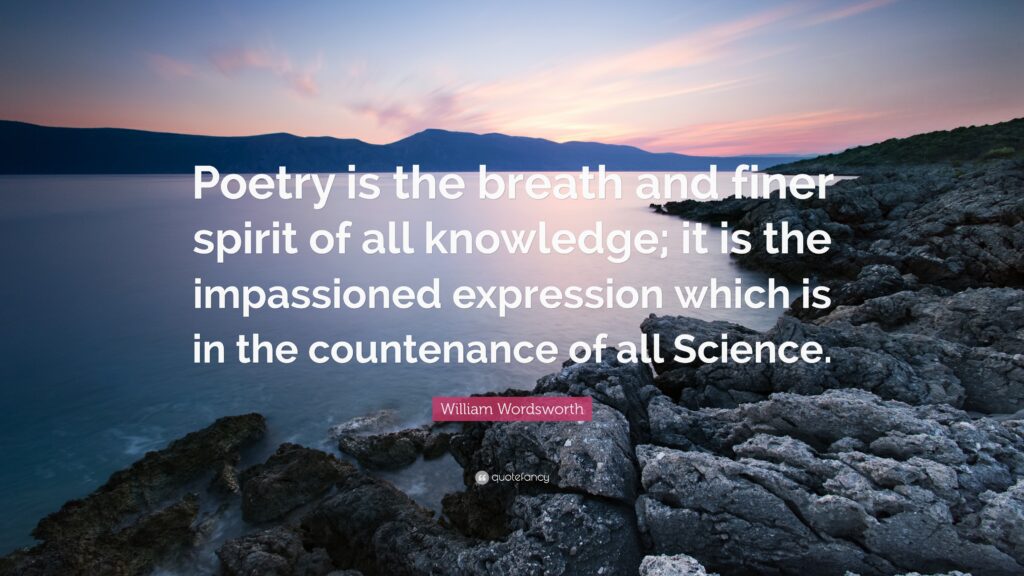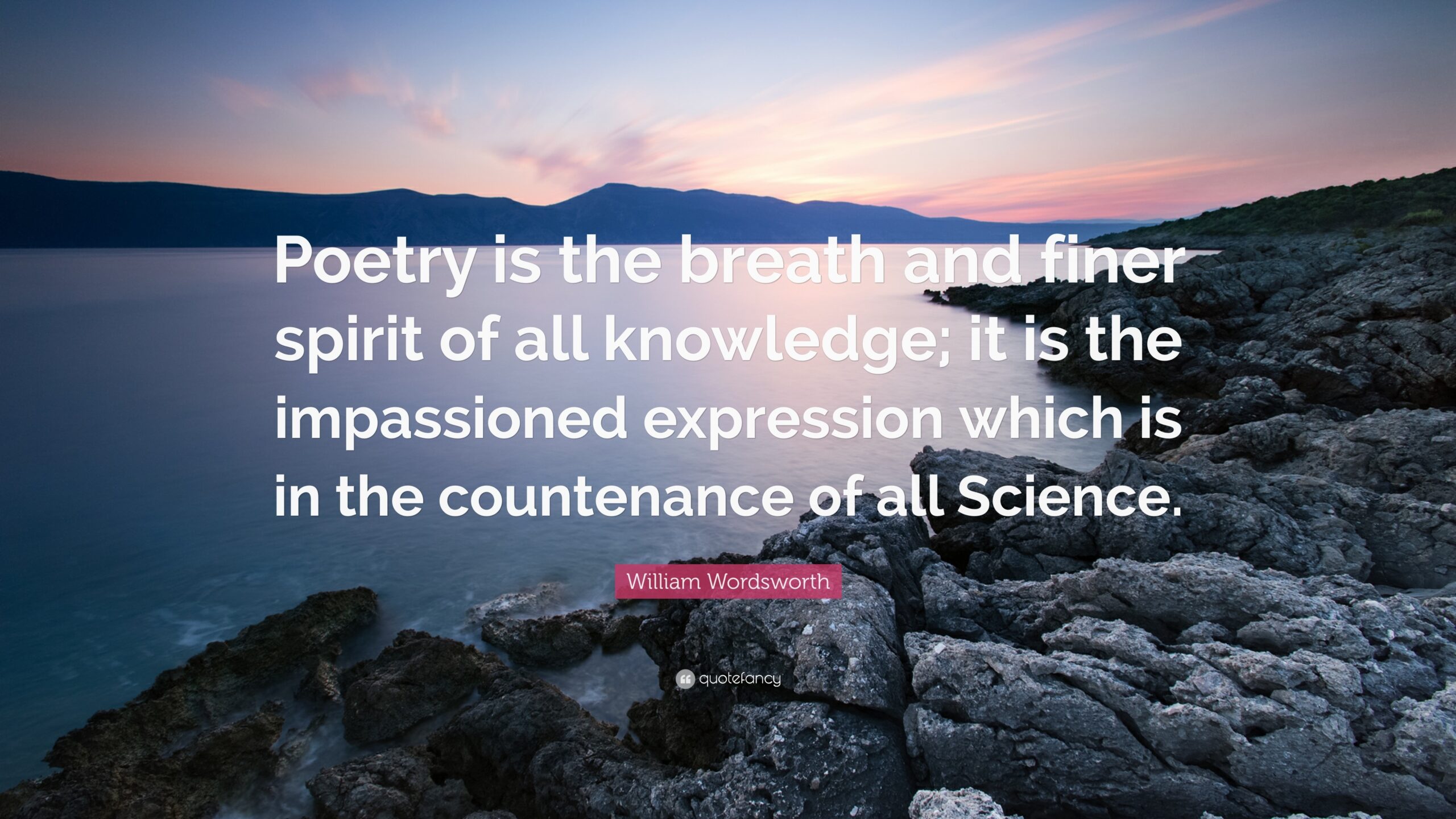
The Rhythmic Exchange: Exploring Poetry About Breathing
Breathing, an involuntary act, is the very essence of life. It sustains us, fuels our bodies, and connects us to the world around us. It’s no surprise then, that this fundamental process has inspired poets for centuries. Poetry about breathing explores not just the physical act, but also the emotional, spiritual, and metaphorical significance of each inhale and exhale. This article delves into the fascinating world of poetic expressions centered around breathing, examining different styles, themes, and the profound impact this simple act has on human experience. We’ll explore how poets use language to capture the rhythm, the necessity, and the symbolism inherent in every breath we take.
The Breath as a Metaphor
Poetry often uses breathing as a powerful metaphor. It can represent life itself, with the first breath marking birth and the last, death. In many cultures, breath is associated with the soul or spirit, the invisible force that animates the body. Poets frequently explore these connections, using imagery and symbolism to convey deeper meanings. For example, a long, deep breath might symbolize resilience and perseverance, while a shallow, labored breath could represent anxiety or despair.
The concept of ‘taking a breath’ is often used to signify a moment of pause, reflection, or recovery. This resonates deeply with readers, as it reflects a universal need to step back from the chaos of life and find a moment of peace. The act of breathing consciously, as explored in many poems, becomes a tool for mindfulness and self-awareness. [See also: Poetry and Mindfulness Practices]
Themes in Breathing Poetry
Several recurring themes emerge in poetry that focuses on breathing:
- Life and Death: As mentioned earlier, the link between breathing and life is a central theme. Poems often explore the fragility of life and the inevitability of death through the lens of breath.
- Anxiety and Stress: The physical sensation of breathlessness is often associated with anxiety and panic. Poets use vivid language to capture the feeling of being suffocated by stress.
- Peace and Tranquility: Conversely, deep, regular breathing is often linked to calmness and relaxation. Poems can evoke a sense of peace by describing the rhythm of breath in a serene setting.
- Connection to Nature: Breathing connects us to the environment. Poems may explore the relationship between breathing and the air we inhale, highlighting the importance of clean air and environmental awareness.
- Spiritual Awakening: In some spiritual traditions, breathwork is used as a tool for meditation and self-discovery. Poems may reflect these practices and explore the transformative power of conscious breathing.
Examples of Poetry About Breathing
While a comprehensive anthology is beyond the scope of this article, here are some examples of how breathing appears in poetry. Note that these examples may not be solely about breathing, but feature it prominently:
Example 1: A Haiku
Silent morning air,
First breath, the world awakens,
Life begins anew.
This simple haiku captures the essence of a new day and the life-giving power of the first breath.
Example 2: Excerpt from a Longer Poem
(Imagine a poem about a character struggling with anxiety)
…The air grows thick, a heavy cloak,
Each breath a struggle, a silent choke.
My chest constricts, a tightened band,
A frantic search for solid land…
This excerpt illustrates how poetry can convey the physical and emotional experience of anxiety through the sensation of restricted breathing.
The Science of Breath and its Poetic Resonance
The scientific understanding of breathing adds another layer of depth to its poetic representation. We know that breathing is not just about taking in oxygen; it’s a complex process involving the lungs, diaphragm, and circulatory system. The exchange of gases, the cellular respiration, and the vital energy produced are all processes that sustain life. Poetry, while not a scientific treatise, can evoke these complex processes through imagery and metaphor. Understanding the science behind breathing can enhance our appreciation of the poetic expressions that explore it.
Consider the impact of air quality on breathing. In polluted environments, breathing becomes labored and difficult, a reality reflected in contemporary poetry that addresses environmental concerns. Conversely, the feeling of breathing fresh, clean air in a natural setting can inspire poems of joy and renewal. The connection between our physical well-being and the environment is inextricably linked to the act of breathing.
Breathing Techniques and Poetic Inspiration
Various breathing techniques, such as those used in yoga and meditation, emphasize the importance of conscious breathing for physical and mental health. These techniques, often involving controlled inhalations, exhalations, and breath retention, can induce a state of calm and focus. Poets who practice these techniques may find inspiration in the sensations and mental states they experience during breathwork. The rhythm and flow of breath can become a source of creative energy, shaping the structure and imagery of their poems. [See also: The Connection Between Yoga and Poetry]
The practice of mindfulness, which often involves focusing on the breath, can also enhance poetic awareness. By paying attention to the subtle nuances of each breath, poets can develop a deeper understanding of their own emotions and experiences, which can then be translated into powerful and evocative verse. The breath becomes a grounding force, a point of reference in the present moment, allowing poets to observe the world with greater clarity and sensitivity.
The Future of Breathing Poetry
As environmental concerns and awareness of mental health continue to grow, the theme of breathing is likely to become even more prominent in poetry. Poets will continue to explore the connection between breathing, well-being, and the environment, using their art to raise awareness and inspire change. We can expect to see more poems that address issues such as air pollution, climate change, and the importance of mindfulness in a fast-paced world. The power of poetry lies in its ability to connect us to our shared humanity and to inspire us to create a better future. And what is more fundamental to our shared humanity than the simple act of breathing?
In conclusion, poetry about breathing offers a rich and multifaceted exploration of a fundamental aspect of human existence. From its metaphorical significance to its scientific underpinnings, breathing provides endless inspiration for poets. By examining the various themes and styles within this genre, we gain a deeper appreciation for the power of language to capture the essence of life itself, one breath at a time. The rhythmic exchange of breathing is a constant reminder of our connection to the world and to each other, a connection that poetry beautifully illuminates. The act of breathing and the poetry about breathing are intertwined and will continue to inspire for generations. The importance of breathing is paramount, and the poetry emphasizes this. It’s a cycle of life, expressed through art and science. Let us all take a deep breath and appreciate the world around us, as reflected in the powerful verses inspired by this vital act. The subtle, powerful, and essential nature of breathing is the heart of many poems. Poets find inspiration in its rhythm, its necessity, and its connection to life itself. As we continue to face global challenges, the poetry about breathing can remind us of our shared humanity and our responsibility to protect the air we breathe.

